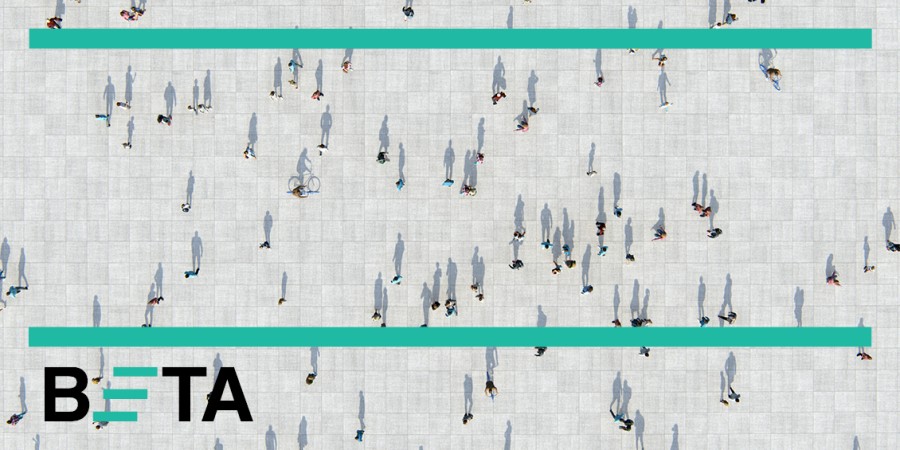
Research by the Behavioural Economics Team of the Australian Government (BETA) explored how different wording affects how people complete Australia’s biggest data collection exercise – the Census of Population and Housing.
The Census is the most comprehensive data collection in Australia. Conducted every five years by the Australian Bureau of Statistics (ABS), it involves over 10 million households and 25 million people and provides invaluable information on the social, economic and cultural characteristics of Australians.
Leading up to the 2021 Census, the ABS wanted to encourage more people to participate. They partnered with BETA to test whether providing people with a ‘response window’ or a number of days to complete the Census is more effective than capturing data on a single ‘Census night’. They also tested how long the response window should be, and how to best communicate it to respondents.
BETA tested two response windows in the Census invitation letter:
- A ‘complete between’ response window of one week (complete Census “between 11 and 17 October”)
- A ‘complete now’ response window (complete Census “between now and 17 October”)
Interestingly, the overall completion rate for both response windows was similar, however, there was a difference in when households started and completed their survey. Those who received the ‘complete now’ letter were more likely to commence the Census Test sooner. This effectively spread responses out over a longer period, reducing the administrative burden associated with collecting many responses on a single night.
While the next Census is not until 2026, the findings from this study may help organisations drive participation in similar engagement activities.
BETA applies behavioural research and insights to create people-centred design in public policy. This means simpler, clearer and faster public services for Australians.
You can read more about the findings in the Counting on us: How start dates affect Census participation report.
